What is the difference between 201 stainless steel and 304 stainless steel?
 What is the difference between 201 st...
What is the difference between 201 st...Micro-alloyed steel refers to the steel that is clearly listed in the chemical composition specification to add one or more carbonitride forming elements, such as Q295-Q460 in GB/T1591-94, stipulates: Nb 0.015~0.06%; 0.15%(0.20)%; Ti 0.02~0.20%.
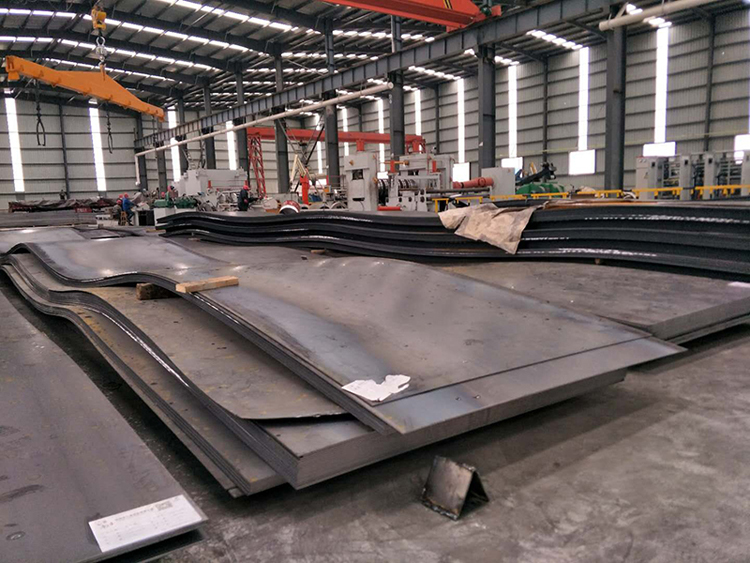
Sometimes in order to make up for the imperfection of the production plant in equipment and process technology, unalloyed and low-alloy steels with <0.015%Nb or <0.05%V, <0.02%Ti are added during smelting, which are called micro-treated steels. The types of carbonitride forming elements are customarily called micro-Nb treatment, micro-Ti treatment, etc., and the inspection of this component is not required at the time of delivery.
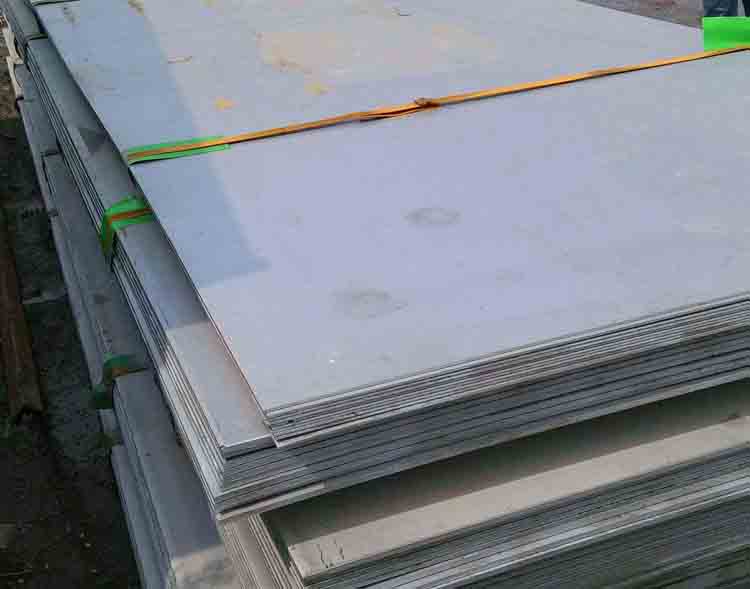
Microalloying technology is a new metallurgical discipline that appeared in the international metallurgical field in the 1970s. Microalloyed steels are high-tech steel products produced using modern metallurgical production processes. It is alloyed by adding a small amount (mass fraction is usually less than 0.1%) of strong carbonitride forming elements (such as niobium, vanadium, titanium, etc.) to ordinary C-Mn steel or low alloy steel, and through high-purity smelting Process (degassing, desulfurization and inclusion morphology control) steelmaking, new processes such as controlled rolling/controlled cooling are applied in the processing process, and the physical metallurgical process of refining the grains of the steel and strengthening by carbonitride precipitation, In the hot-rolled state, the engineering structural material with the best mechanical properties such as high strength, high toughness, high weldability and good formability is obtained - microalloyed steel.
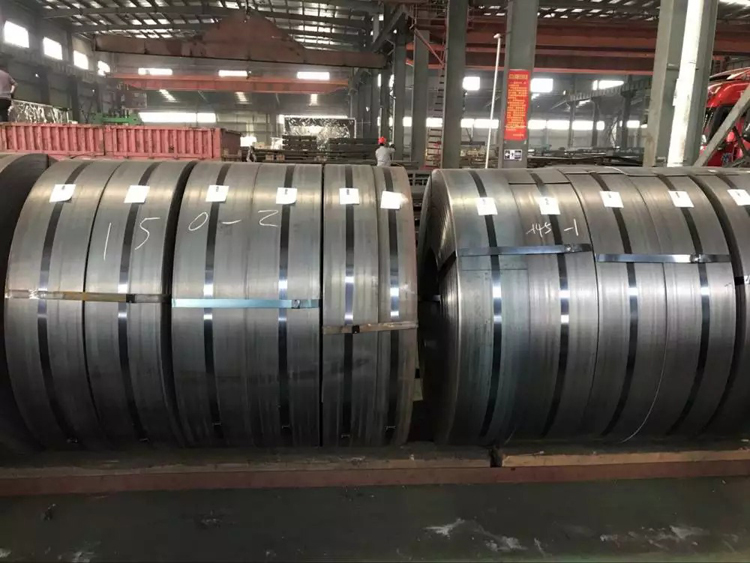
Alloying and "smelting" reactions and crystallization process elements participate in the formation or influence inclusions or generate harmful eutectic equivalent products and mechanisms are different. Described from the three aspects of existence form, structure and organization, and performance, the physical essence of alloying is: through the solid solution of elements and their solid state reaction. Affect the microstructure and even the structure, organization and composition, so that the metal can obtain the required properties.

"Microalloying" means that these elements are present in the steel at low levels, usually below 0.1% (mass fraction). Unlike unwanted residual elements in steel, microalloying elements are purposefully added to steel to improve its properties. Alloying elements and microalloying elements are not only different in content, but also have their own metallurgical effects: alloying elements mainly affect the matrix of steel, while microalloying elements almost always pass through in addition to the dragging effect of solute atoms. The precipitation of the second phase affects the microstructure of the steel.
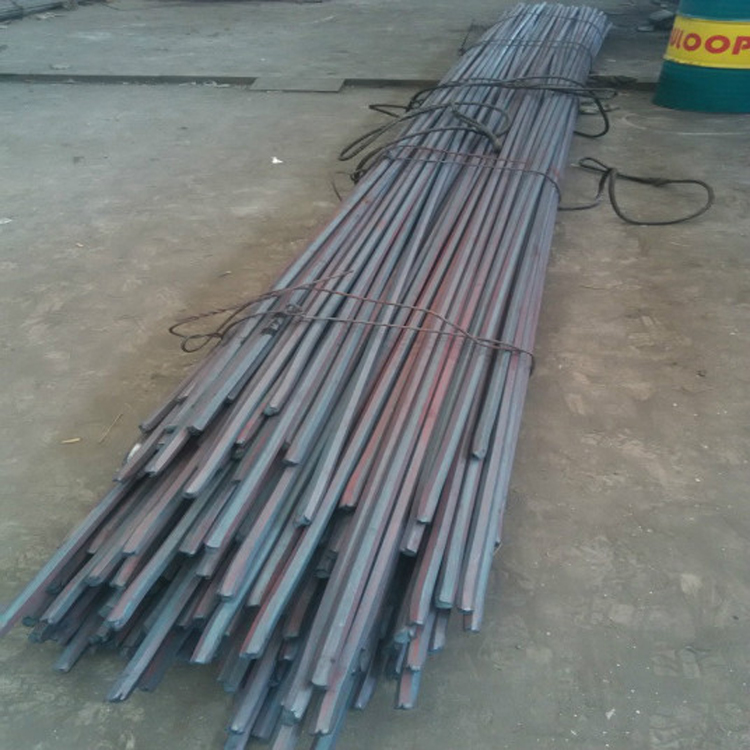
By adding one or more trace elements, the alloy obtains the desired structure and properties. The effect of alloying depends on the optimum content of added trace elements. Trace amounts of Nb, V, Ti, etc. can be added to mild steel and high-strength low-alloy steel. B, Zr, Hf, Y, Ce, etc. can be added to the cast nickel-based superalloy. B, C, B+Zr, La+Ce, Mg, etc. can be added to the deformed superalloy. Carbides and borides that form a chain-like distribution can improve or improve the properties of alloys by preventing grain growth, preventing grain boundary slip, preventing hole agglomeration and growing, strengthening grain boundaries, and reducing notch sensitivity. Rare earth elements can improve or improve their durability, creep, fatigue strength, corrosion resistance, oxidation resistance and other properties by purifying grain boundaries, removing low-melting impurities or increasing the melting point of impurities.
< style="text-align: center;"p>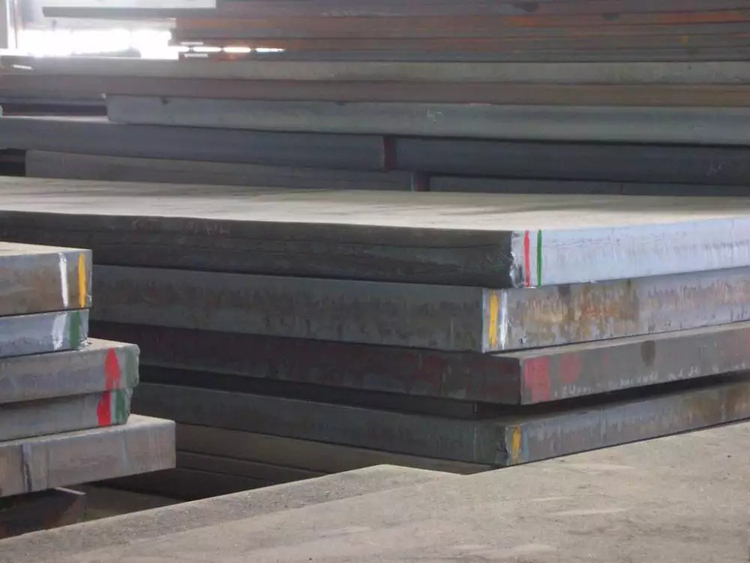
The basic principle of the application of microalloying elements in steel lies in their solid solution, segregation and precipitation in steel, especially the interaction of microalloying elements with carbon and nitrogen, resulting in grain refinement, precipitation strengthening, A series of secondary effects such as recrystallization control and inclusion modification are widely used in various steel products.
 What is the difference between 201 st...
What is the difference between 201 st... Why is 316 stainless steel better tha...
Why is 316 stainless steel better tha... 400 series stainless steel science
40...
400 series stainless steel science
40... How to distinguish the processing tec...
How to distinguish the processing tec... Non-standard design materials of bras...
Non-standard design materials of bras... What type of titanium alloy does Tc4 ...
What type of titanium alloy does Tc4 ...